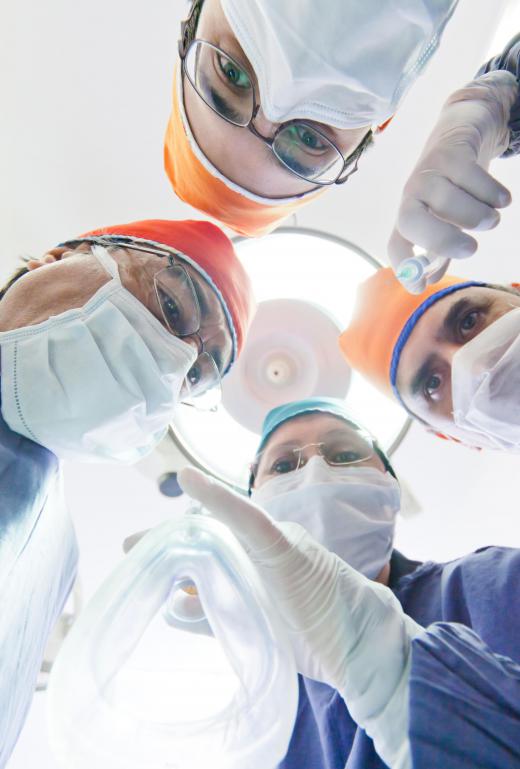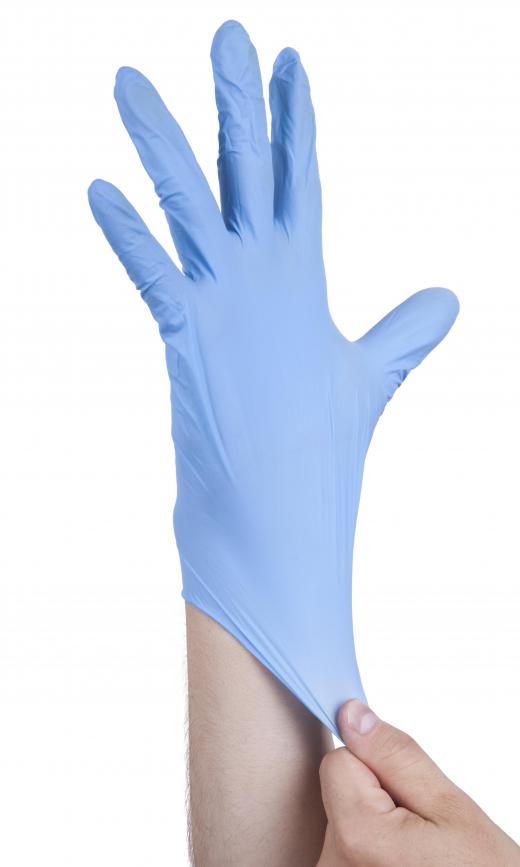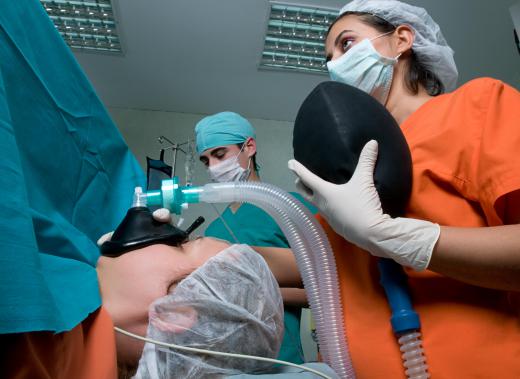A medical trolley is any cart used in a medical environment. The trolley is typically portable and aids in transporting medical supplies, equipment or patients. The different types of medical trolleys include medical carts, crash carts, anesthesia carts, isolation carts, and mini carts.
A medical cart is a generic term used to describe a medical trolley. Often a medical cart refers to the trolley used to transport medical devices. An example of a medical device transported on a medical cart is an electrocardiography (EKG) machine. This machine has wires that attach to a patient's chest so the health care professional can monitor the heartbeat. Other medical devices transported on a medical trolley are ultrasound machines which allow nurses to monitor the baby inside the womb.

Crash carts are mobile trolleys used in hospitals to hold commonly used supplies. The carts are placed in areas of high volume activity such as the emergency room and include items such as gloves, oxygen masks and even a defibrillator. When a patient needs immediate attention, medical personnel can turn to the crash cart for the items needed to treat the patient's condition.

An anesthesia cart is a type of medical trolley reserved for transporting and administering anesthesia. These carts include drawers that lock so the medication remains secure until needed. When a patient requires anesthesia for surgery, the anesthesiologist will unlock the drawers and remove the required amount of medication. Some anesthesia carts are available with an electronic keypad that prevents access to narcotics without the code.

Isolation carts store materials such as gowns, masks and gloves. To prevent the spread of infectious diseases, certain patients may be quarantined. Doctors and other health care professionals use items from the isolation carts to protect themselves when coming into contact with isolated patients. When leaving the isolation areas, the gowns, gloves or other items are then disposed of instead of being returned to the medical trolley.

Mini carts are another type of medical trolley used in health care facilities. A mini cart can consist of a single table with wheels like the ones used by patients to place their food trays or the wheeled poles used to hold intravenous (IV) fluid bags. Nurses often use mini carts to transport medications when making their rounds. As the nurse enters each patient's room, the medication needed is removed from the mini cart and administered to the patient. Transporting the medication on a medical trolley allows the nurse to administer medications to multiple patients before having to return to the medication dispensary.
